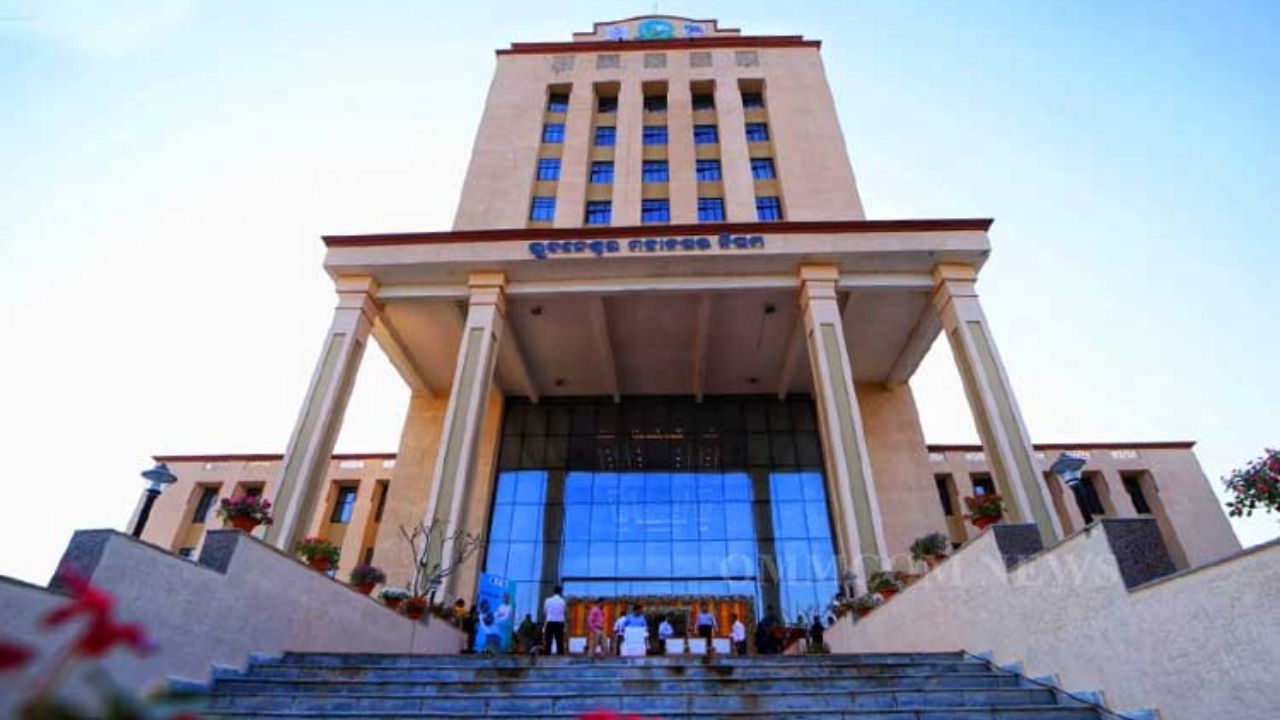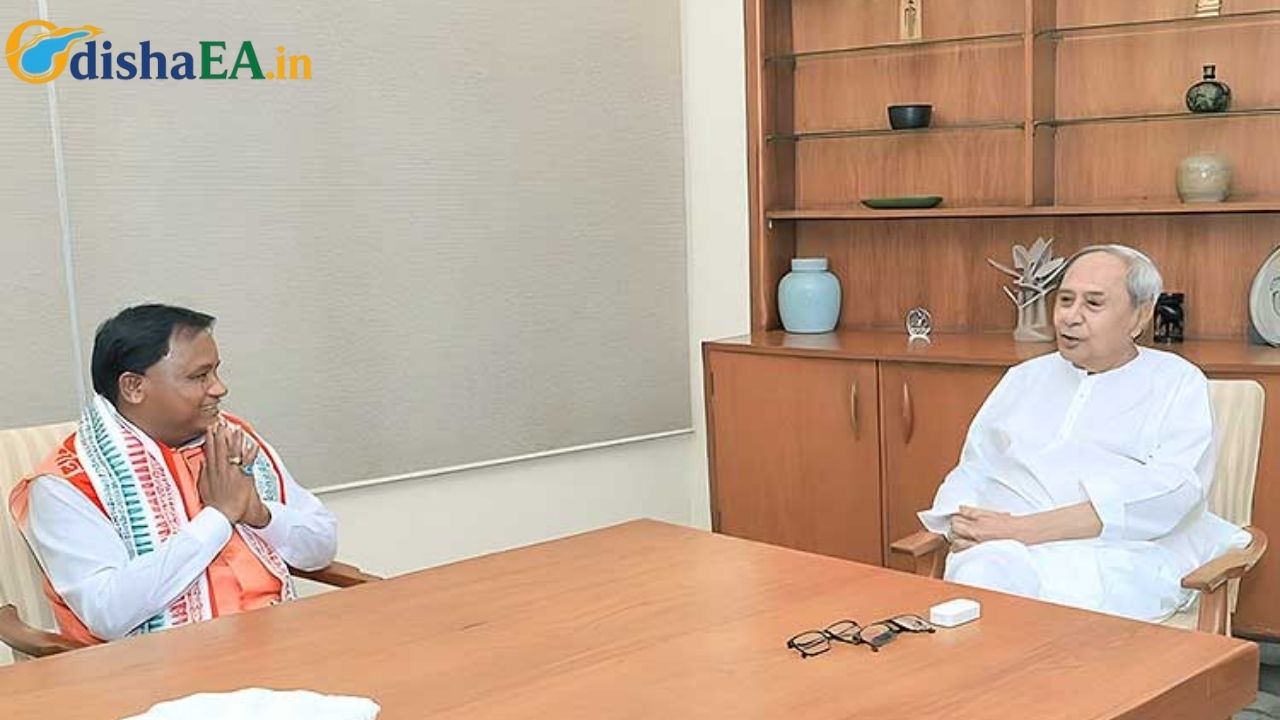When we talk about governance reforms, most folks picture boring boardrooms, red tape, or some complicated plan that takes forever to make a difference. But Bhubaneswar—yes, the capital city of Odisha in India—just pulled a bold move that cuts straight to the heart of local democracy.
The Bhubaneswar Municipal Corporation (BMC) announced a major governance overhaul where officers will directly connect with residents in all 67 wards. In plain English? Instead of waiting in long lines or dealing with a “call center” style of government service, everyday citizens can now expect their ward offices—mini-government outposts in their neighborhoods—to step up with more power, accountability, and people-first solutions.

This change is not just about fixing potholes or trash pickup; it’s about building trust, efficiency, and transparency in how local government serves its people.
Major Governance Overhaul in Bhubaneswar
| Aspect | Details | Source/Reference |
|---|---|---|
| Governance Reform | BMC upgrading ward offices across all 67 wards | Bhubaneswar Municipal Corporation (Official Site) |
| Objective | Improve direct outreach, transparency, and faster grievance redressal | Times of India |
| Key Stats | Bhubaneswar has 67 wards, serving ~1 million residents | Census India 2011 + updates |
| Major Move | Comprehensive asset inventory of land, vehicles, and equipment to boost efficiency | Times of India |
| Impact | Localized governance, easier citizen access, and stronger accountability | Official announcements |
The major governance overhaul in Bhubaneswar is a bold experiment in making local government more human, accessible, and accountable. By empowering ward offices and auditing assets, BMC is tackling two chronic problems at once: service delivery gaps and resource mismanagement.
It’s still early days, but if executed well, this could set a precedent for how Indian cities—and maybe even U.S. towns—think about citizen-centric governance. For everyday folks, the takeaway is simple: your government is coming closer to your doorstep, literally.
Why This Matters: Local Democracy in Action
Think of it like this: imagine your neighborhood school principal actually lives in the same building where classes happen, instead of working out of some faraway district office. That’s basically what the BMC is trying to do—bring the decision-makers closer to the people.
Ward offices in Bhubaneswar have existed for years, but many were more symbolic than functional. This new plan aims to upgrade their infrastructure, give officers proper facilities, and make sure citizens know where to go and who to call.

The U.S. Comparison
If you’re from the U.S., picture your local City Hall satellite office right in your block, with officers who actually know your street, your drainage issues, and your neighborhood park’s broken swing. It’s the same concept: decentralizing governance so it feels more like customer service and less like bureaucracy.
The Big Picture: Asset Management + Governance
Alongside the ward-level outreach, BMC is also doing a complete inventory of assets. That means every piece of land, every government vehicle, every public building—even equipment—is being cataloged and tracked.
Why does this matter? Because in many cities (India and abroad), assets get “lost” on paper. Land parcels sit unused, vehicles break down with no record, and public property gets mismanaged. By auditing assets, BMC ensures better utilization, less wastage, and more transparency.
Fun fact: In the U.S., the Government Accountability Office (GAO) does something similar at the federal level, ensuring taxpayers’ money isn’t wasted.
How This Impacts Residents
Here’s the real talk: what does this mean for the everyday Bhubaneswar resident?
- Faster Service Delivery – No more chasing multiple offices for basic needs like sanitation complaints, building permits, or property tax clarifications.
- Accountability – When an officer is stationed in your ward office, there’s a name and face tied to responsibility.
- Transparency – Citizens can track progress more easily, reducing corruption risks.
- Community Involvement – Local residents may feel more empowered to participate in decision-making.
Practical Guide: How Citizens Can Use the New System
Alright, enough theory. Here’s the step-by-step guide for how a citizen can make the most of this governance overhaul:
Step 1: Locate Your Ward Office
Each of the 67 wards will have a functional ward office. The addresses will be listed on the BMC official website.
Step 2: Know Your Officer
Find out the ward officer’s contact details—email, phone number, and office hours will be posted publicly.
Step 3: File Your Complaint or Request
Instead of running to the central office, lodge your complaints directly at the ward level. Keep a copy or digital proof.
Step 4: Track Progress
The BMC is also expected to strengthen its digital grievance redressal system so residents can track their requests online.
Step 5: Get Involved
Attend ward meetings (often monthly) where officers and community members discuss local priorities.
Challenges Ahead
Let’s not sugarcoat it. There are hurdles:
- Staffing Issues – Will there be enough officers and clerks to handle ward-level demand?
- Training Needs – Local staff may require training in public communication and digital systems.
- Corruption Risks – Decentralization can sometimes increase the chance of favoritism unless checked.
- Budget Pressure – Upgrading 67 offices isn’t cheap, and funding must be consistent.
Still, the fact that the city is even attempting this is a huge leap forward.
Lessons for Other Cities
This move isn’t just about Bhubaneswar. It’s a case study in modern governance that U.S. cities, too, can relate to.
- Decentralized offices → already common in big cities like New York (borough offices) or Los Angeles (field offices).
- Asset audits → something many municipalities in the U.S. are now prioritizing to cut waste.
- Tech integration → using apps and portals so citizens can log requests 24/7.
Rs 8 Crore Down the Drain: Bhubaneswar’s Smart Kiosk Dream Turns into a Digital Dud
Bhubaneswar Unit-1 Market to Convert Organic Waste into Electricity with New Biogas Facility
Odisha to Convene High-Level Meeting on Apartment Registration Under RERA
FAQs
Q1. What is the BMC governance overhaul all about?
It’s about upgrading ward offices across Bhubaneswar’s 67 wards so residents have direct access to officers and services.
Q2. How will this affect day-to-day life?
Expect faster service delivery, easier complaint filing, and more accountability in your local area.
Q3. Is this common in India?
Not really. While some cities have experimented with decentralized offices, Bhubaneswar is among the first to push such a wide-scale reform.
Q4. How does it compare to the U.S.?
It’s similar to having neighborhood city offices that handle local needs directly.
Q5. Where can I find updates?
You can check the BMC official website for updates, contacts, and announcements.





